Code
HCS18922
Weight
100 gm / 0.22 lbs
Size
Height
29cm (11") Width
29cm (11") Material
Cotton Canvas
Availability
Available
Date Added
2020-07-07 04:37:21
Note : We used to sell this product 5 years ago so it may no longer be in our stock.
It is possible that we still have it with our suppliers but the price could be different from before.
Feel free to order. We will verify availability and inform you promptly.
It is possible that we still have it with our suppliers but the price could be different from before.
Feel free to order. We will verify availability and inform you promptly.

Safe Payment
We accept Paypal, Money Transfer, Bank Transfer
Confidence
Protection covers your purchase and personal data.
Worldwide Delivery
We ship Worldwide, except Russia.Shipping cost US$25.2 for upto 0.5 kgs

Hotline
Talk to help line for your question on 9841267335Mandala : Brief Introduction On Mandala
Mandala Thangka painting is a revered form of sacred art in Buddhism, characterized by intricate and vibrant depictions on cotton or silk. These paintings often feature a central deity or Buddha figure surrounded by meticulously crafted symmetrical patterns, geometric designs, and symbolic elements. Mandala Thangkas serve as visual aids for meditation and spiritual growth, guiding practitioners towards inner peace, harmony, and enlightenment. Through their precise brushwork and rich symbolism, these artworks invite viewers to contemplate the profound spiritual journey within themselves, fostering mindfulness, concentration, and a deeper connection with the universal truths of Buddhism. Read More . . .
Mandala Thangka painting is a revered form of sacred art in Buddhism, characterized by intricate and vibrant depictions on cotton or silk. These paintings often feature a central deity or Buddha figure surrounded by meticulously crafted symmetrical patterns, geometric designs, and symbolic elements. Mandala Thangkas serve as visual aids for meditation and spiritual growth, guiding practitioners towards inner peace, harmony, and enlightenment. Through their precise brushwork and rich symbolism, these artworks invite viewers to contemplate the profound spiritual journey within themselves, fostering mindfulness, concentration, and a deeper connection with the universal truths of Buddhism. Read More . . .
Om - Hindu : About OM
It is the most sacred syllable symbol and mantra of Brahman, the Almighty God in Hinduism. Brahman is the Supreme Self, Ultimate Reality, and Creator of all Existence. The syllable is often chanted either independently or before a mantra; it signifies the essence of the ultimate reality, consciousness, or Atma. The Om sound is the primordial sound and is called the Shabda-Brahman (Brahman as sound). In Hinduism, Om is one of the most important spiritual sounds. It refers to Atman (soul, self within) and Brahman (ultimate reality, entirety of the universe, truth, divine, supreme spirit, cosmic principles, knowledge). The syllable is often found at the beginning and the end of chapters in the Vedas, the Upanishads, and other Hindu texts. It is a sacred spiritual incantation made before and during the recitation of spiritual texts, during puja and private prayers, in ceremonies of rites of passage (sanskara) such as weddings, and sometimes during meditative and spiritual activities such as Yoga. Om came to be used as a standard utterance at the beginning of mantras, chants, or citations taken from the Vedas. For example, the Gayatri mantra, which consists of a verse from the Rigveda Samhita (RV 3.62.10), is prefixed not just by Om but by Om followed by the formula bh?r bhuva? sva?. Such recitations continue to be in use in Hinduism, with many major incantations and ceremonial functions beginning and ending with Om. Maheshwarananda (2002) suggests that the Om reflects the cosmological beliefs in Hinduism, as the primordial sound associated with the creation of the universe from nothing. Read More . . .
It is the most sacred syllable symbol and mantra of Brahman, the Almighty God in Hinduism. Brahman is the Supreme Self, Ultimate Reality, and Creator of all Existence. The syllable is often chanted either independently or before a mantra; it signifies the essence of the ultimate reality, consciousness, or Atma. The Om sound is the primordial sound and is called the Shabda-Brahman (Brahman as sound). In Hinduism, Om is one of the most important spiritual sounds. It refers to Atman (soul, self within) and Brahman (ultimate reality, entirety of the universe, truth, divine, supreme spirit, cosmic principles, knowledge). The syllable is often found at the beginning and the end of chapters in the Vedas, the Upanishads, and other Hindu texts. It is a sacred spiritual incantation made before and during the recitation of spiritual texts, during puja and private prayers, in ceremonies of rites of passage (sanskara) such as weddings, and sometimes during meditative and spiritual activities such as Yoga. Om came to be used as a standard utterance at the beginning of mantras, chants, or citations taken from the Vedas. For example, the Gayatri mantra, which consists of a verse from the Rigveda Samhita (RV 3.62.10), is prefixed not just by Om but by Om followed by the formula bh?r bhuva? sva?. Such recitations continue to be in use in Hinduism, with many major incantations and ceremonial functions beginning and ending with Om. Maheshwarananda (2002) suggests that the Om reflects the cosmological beliefs in Hinduism, as the primordial sound associated with the creation of the universe from nothing. Read More . . .
Introduction to Thangka
A thangka, also known as tangka, thanka, or tanka, is a vibrant and intricate Tibetan Buddhist painting that serves as a visual representation of spiritual teachings. Crafted with meticulous detail on cotton or silk appliqué, thangkas depict a wide range of subjects including Buddhist deities, sacred scenes, mandalas, and narrative stories. These sacred artworks are traditionally kept unframed and rolled up for storage, resembling ancient scrolls. To protect their delicate nature, thangkas are mounted on textile backings and often adorned with a silk cover on the front. Proper preservation in dry environments is crucial to maintain the integrity and longevity of the silk. Read More . . .
A thangka, also known as tangka, thanka, or tanka, is a vibrant and intricate Tibetan Buddhist painting that serves as a visual representation of spiritual teachings. Crafted with meticulous detail on cotton or silk appliqué, thangkas depict a wide range of subjects including Buddhist deities, sacred scenes, mandalas, and narrative stories. These sacred artworks are traditionally kept unframed and rolled up for storage, resembling ancient scrolls. To protect their delicate nature, thangkas are mounted on textile backings and often adorned with a silk cover on the front. Proper preservation in dry environments is crucial to maintain the integrity and longevity of the silk. Read More . . .
Brief Introduction :
Mandala, a dedicated student, has embarked on a journey to learn the revered art of Buddhist Thangka painting. With a deep passion for this ancient craft, Mandala joined a Thangka school to refine their skills and immerse themselves in its rich traditions. In an effort to support the school and fellow students, Mandala offers their Thangka paintings at an affordable price. However, the dwindling interest in Thangka painting as a profession has made dedicated artists like Mandala increasingly rare, emphasizing the importance of their commitment to preserving this traditional art form.
Mandala's affordable Thangka paintings not only allow art enthusiasts to own a genuine piece of this sacred art but also contribute to the sustainability of the Thangka school. Despite the growing distractions that deter aspiring Thangka artists, Mandala's dedication stands as a symbol of hope, encouraging the appreciation and continuation of Thangka painting for generations to come.


![Tibetan Square Mandala With [hindi Om], [black And Dark Blue 2], [student Mandala]](https://handicraftseller.com/uploads/pics/product/thumb/2020/07/18922_0.jpg)
![Tibetan Square Mandala With [hindi Om], [black And Dark Blue 2], [student Mandala]](https://handicraftseller.com/uploads/pics/product/thumb/2020/07/18922_1.jpg)
![Tibetan Square Mandala With [hindi Om], [black And Dark Blue 2], [student Mandala]](https://handicraftseller.com/uploads/pics/product/thumb/2020/07/18922_2.jpg)
![Tibetan Square Mandala With [hindi Om], [black And Dark Blue 2], [student Mandala]](https://handicraftseller.com/uploads/pics/product/thumb/2020/07/18922_3.jpg)
![Tibetan Square Mandala With [hindi Om], [black And Dark Blue 2], [student Mandala]](https://handicraftseller.com/uploads/pics/product/thumb/2020/07/18922_4.jpg)
![Tibetan Square Mandala With [hindi Om], [black And Dark Blue 2], [student Mandala]](https://handicraftseller.com/uploads/pics/product/thumb/2020/07/18922.jpg)
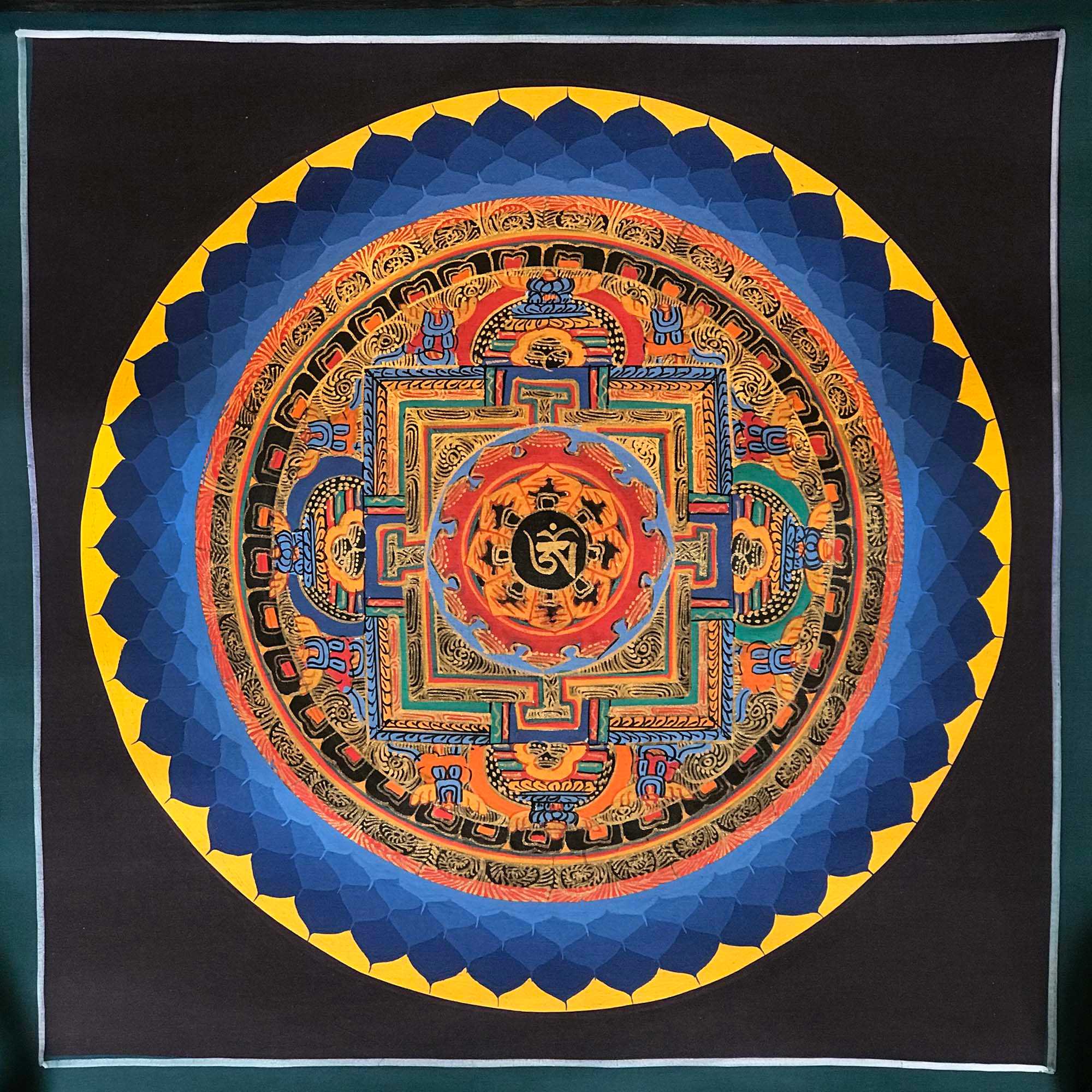









 Oiled Thangka,
Oiled Thangka,  Hq, Buddhist Handmade Thangka Painting
Hq, Buddhist Handmade Thangka Painting 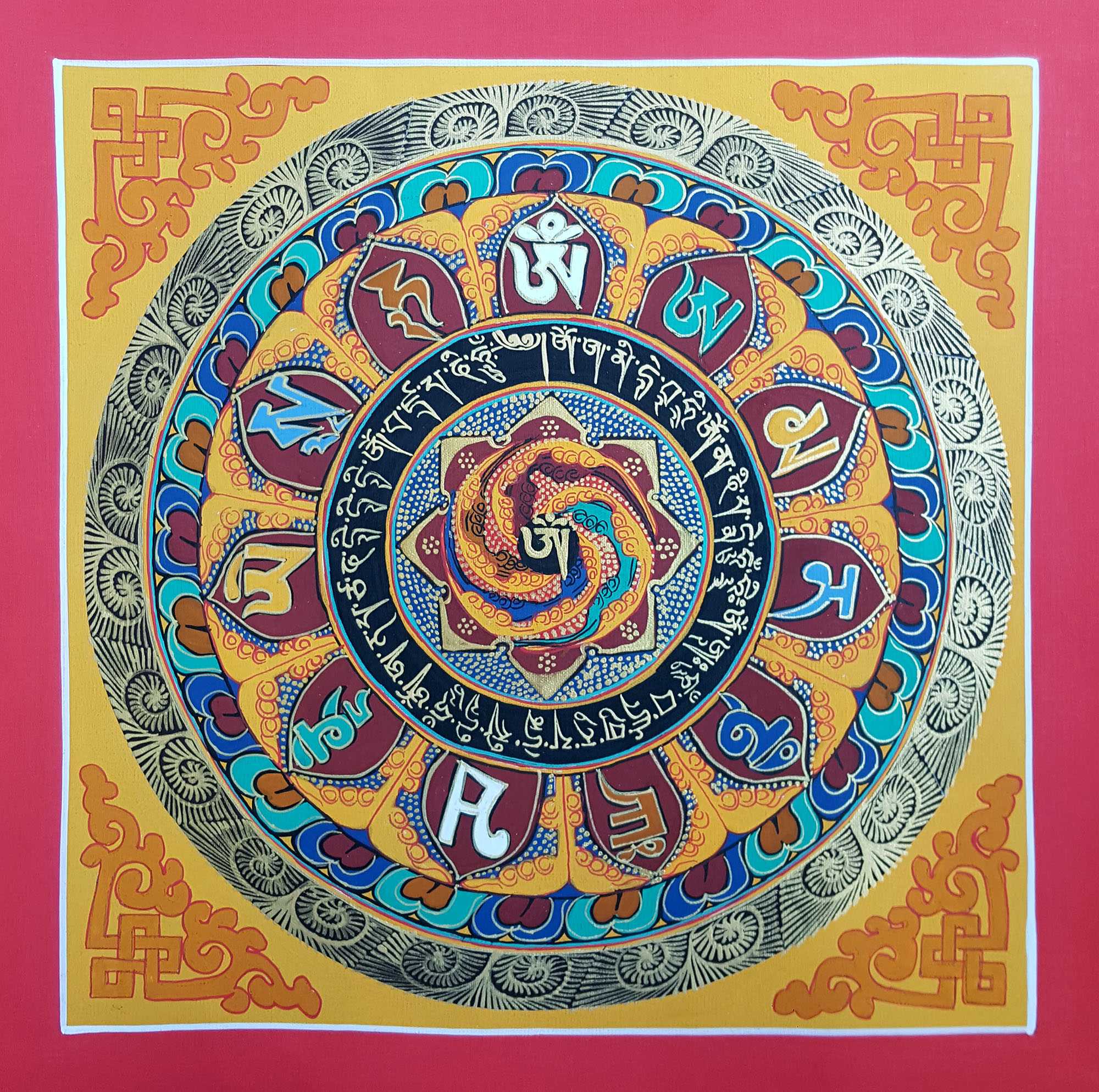 Good Quality,
Good Quality,  Good Quality,
Good Quality,  of Mandala,
of Mandala,  Hq, Buddhist Handmade Thangka Painting
Hq, Buddhist Handmade Thangka Painting 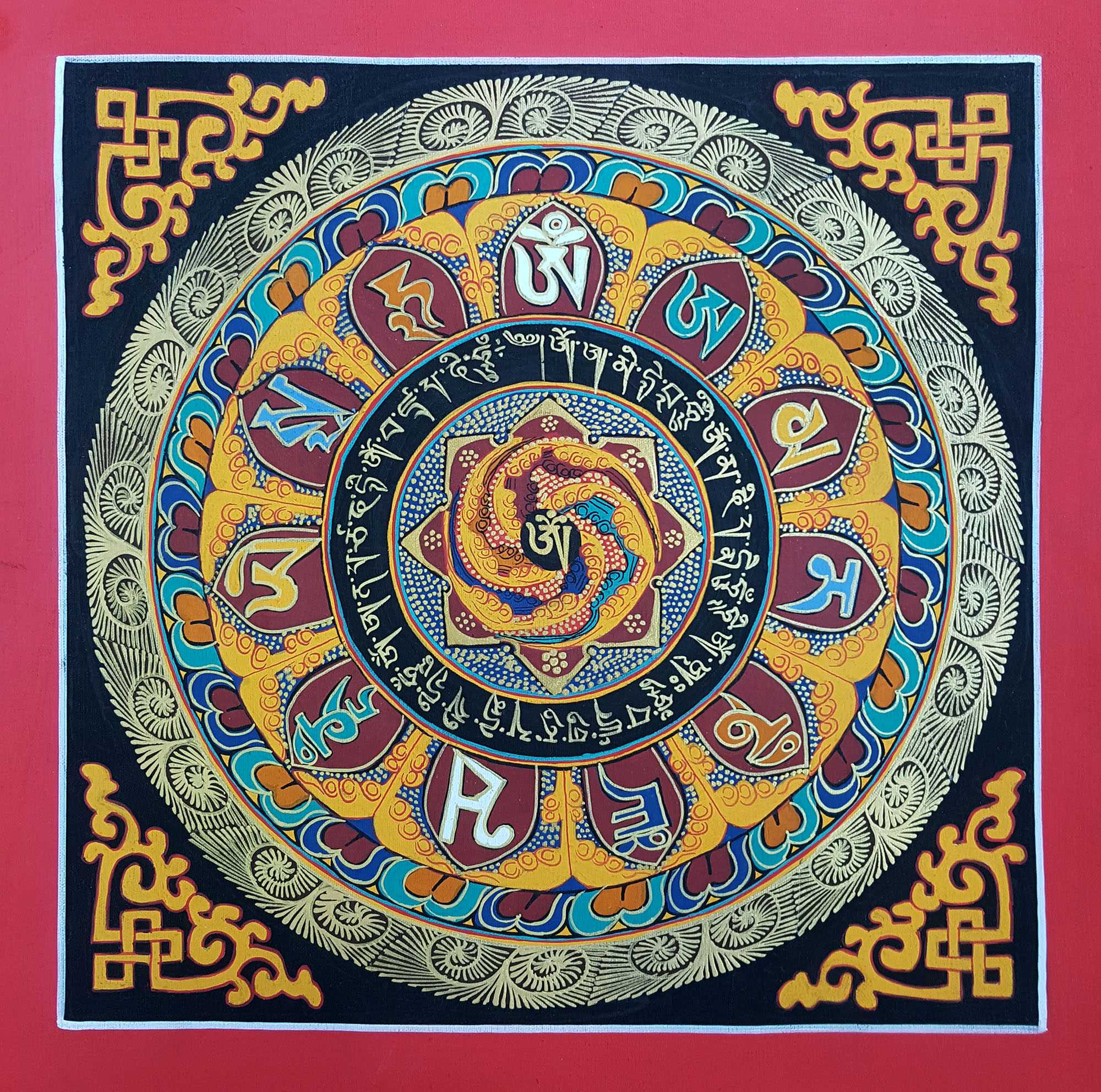 Good Quality,
Good Quality, 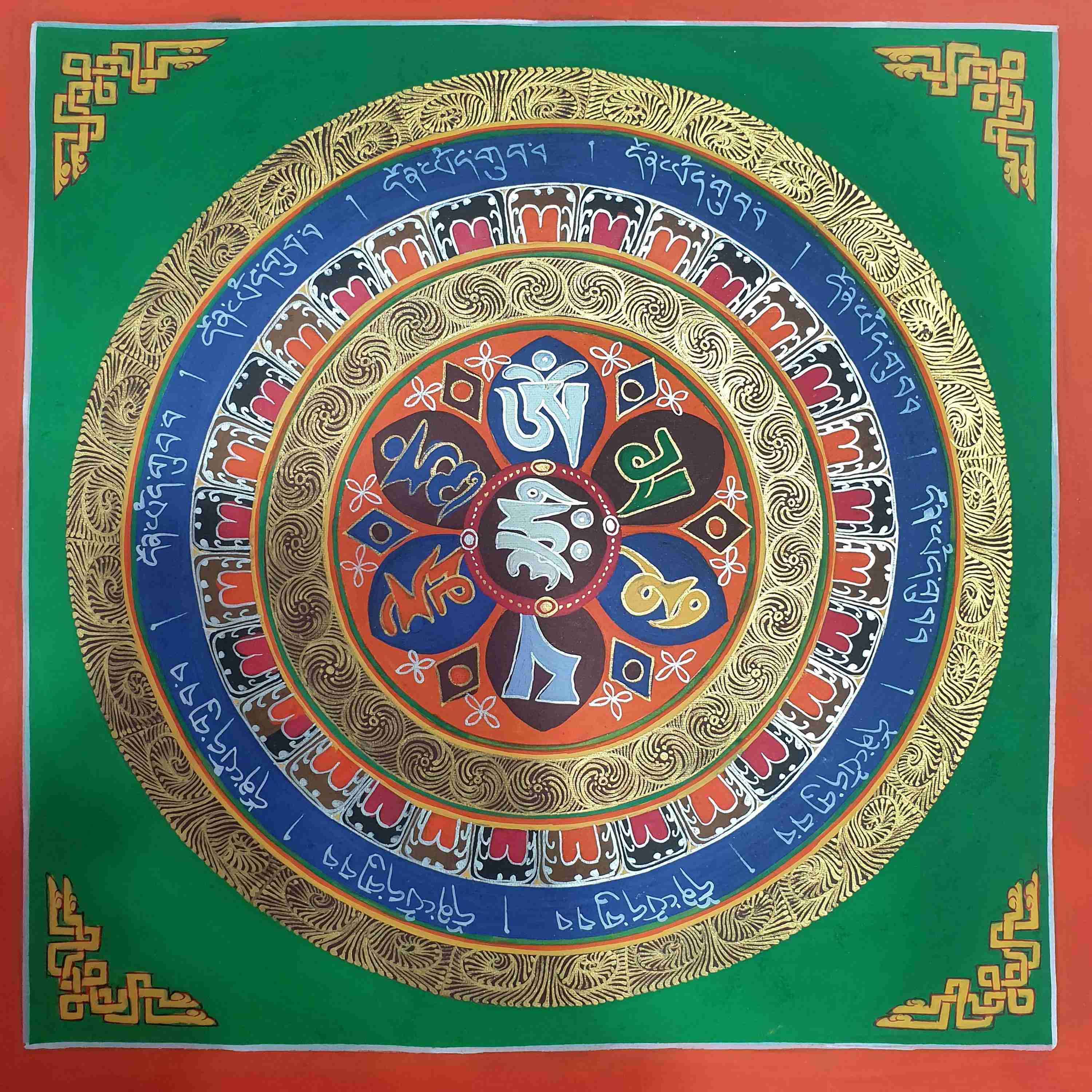 of
of 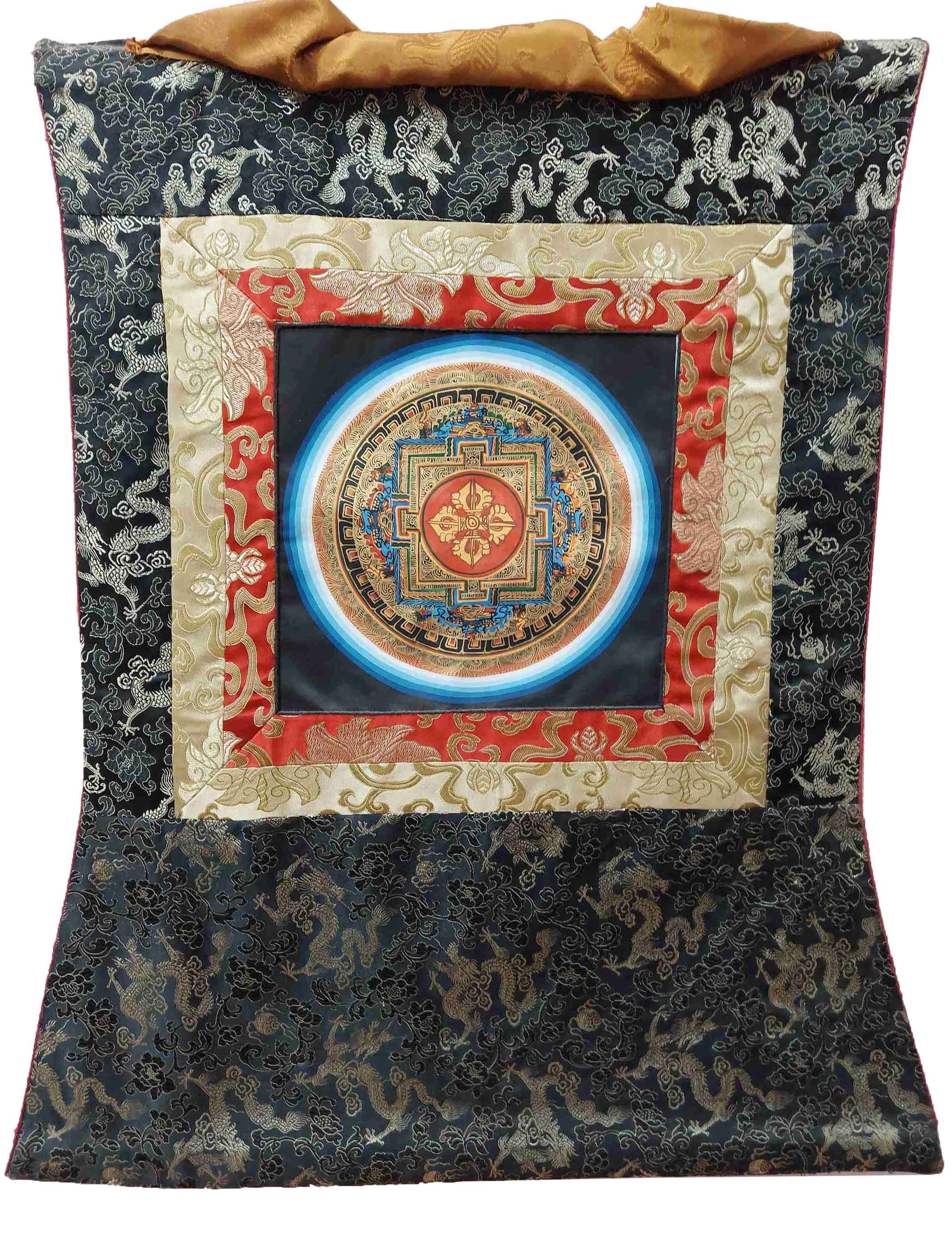 of Dorje Kalachakra Mandala
of Dorje Kalachakra Mandala 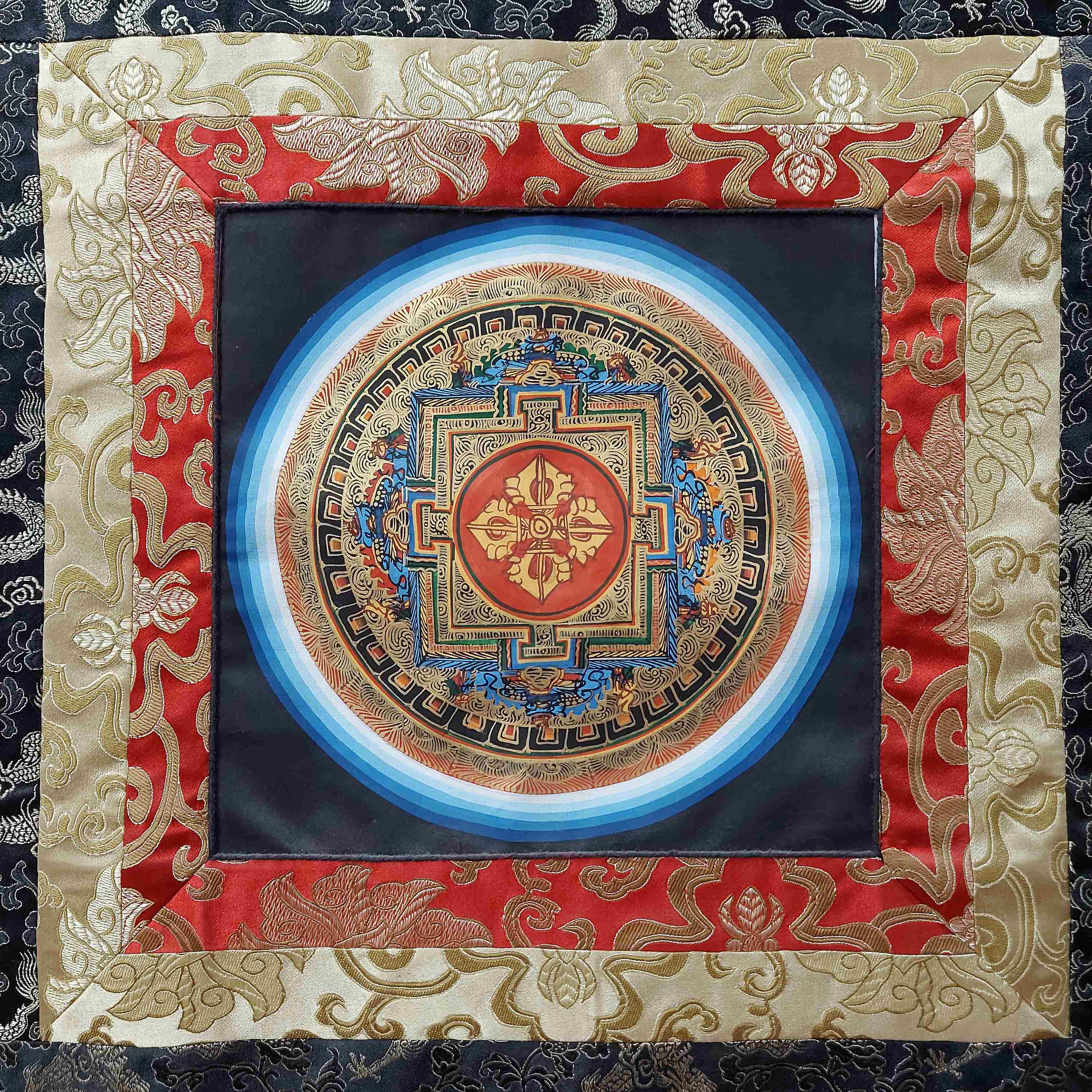 of Dorje Kalachakra Mandala
of Dorje Kalachakra Mandala  Hq, Buddhist Handmade Thangka Painting
Hq, Buddhist Handmade Thangka Painting